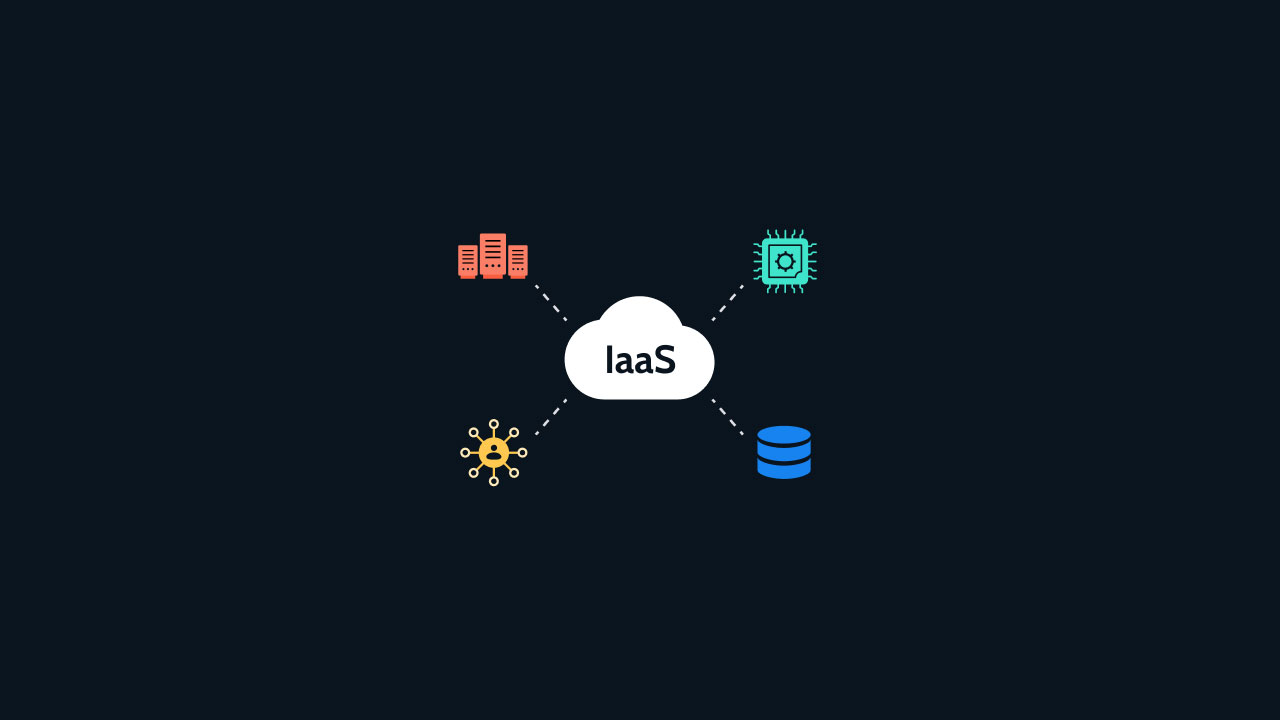Understanding Infrastructure as a Service (IaaS)
In the ever-evolving landscape of cloud computing, Infrastructure as a Service (IaaS) has emerged as a critical component. IaaS provides virtualized computing resources over the internet, allowing businesses to manage their infrastructure more efficiently. This blog post delves into the essentials of IaaS, its benefits, components, real-world applications, and commonly asked questions.
What is Infrastructure as a Service (IaaS)?
Infrastructure as a Service (IaaS) is a form of cloud computing that delivers fundamental compute, network, and storage resources to users on-demand, over the internet. Instead of purchasing and managing physical servers and data centers, businesses can rent these resources from a third-party provider, paying only for what they use.
Key Characteristics of IaaS
Cost-Effective: Pay-as-you-go pricing model reduces capital expenditures.
Flexible: Supports various operating systems, applications, and development environments.
Automated Management: Providers often handle tasks like hardware maintenance and backups.
Components of IaaS
IaaS encompasses several critical components that form the backbone of IT infrastructure:
Compute Resources
Virtual machines (VMs) and containers offer scalable compute power. Users can choose the CPU, memory, and storage configurations based on their needs.
Storage Solutions
IaaS provides various storage options, including block storage, file storage, and object storage. These solutions cater to different data management requirements and performance needs.
Networking
Networking components in IaaS include virtual networks, load balancers, and firewalls. These elements ensure secure and efficient data transfer across the infrastructure.
Management Tools
IaaS platforms offer management tools for monitoring, configuring, and optimizing resources. These tools provide insights into resource utilization and help in automating administrative tasks.
Benefits of IaaS
Adopting IaaS offers numerous advantages that can significantly impact an organization’s operational efficiency and bottom line.
Cost Savings
By eliminating the need for physical hardware and reducing maintenance costs, IaaS helps organizations save on capital and operational expenses.
Enhanced Flexibility
IaaS enables businesses to quickly adapt to changing workloads and demands without the constraints of physical infrastructure.
Improved Disaster Recovery
With built-in redundancy and backup solutions, IaaS enhances an organization’s disaster recovery capabilities, ensuring business continuity.
Accelerated Time-to-Market
IaaS allows development teams to deploy and scale applications faster, reducing the time required to bring products to market.
Real-World Applications of IaaS
IaaS is used across various industries and applications, illustrating its versatility and effectiveness.
Web Hosting
IaaS provides scalable hosting solutions for websites, ensuring high availability and performance.
Big Data Analysis
Organizations leverage IaaS to process and analyze large datasets, benefiting from scalable compute and storage resources.
Development and Testing
Development teams use IaaS to create isolated environments for testing new applications, accelerating the development lifecycle.
Disaster Recovery
IaaS solutions offer robust disaster recovery options, allowing businesses to back up critical data and applications in the cloud.
Conclusion
Infrastructure as a Service (IaaS) has revolutionized how businesses manage their IT infrastructure. By providing scalable, cost-effective, and flexible resources, IaaS enables organizations to focus on their core competencies while leaving the heavy lifting of infrastructure management to expert providers. As cloud computing continues to advance, IaaS will play a pivotal role in shaping the future of IT operations.
FAQs about IaaS
How secure is IaaS?
IaaS providers implement robust security measures, including encryption, firewalls, and access controls. However, security is a shared responsibility, and users must also adopt best practices to protect their data.
Can I use IaaS for legacy applications?
Yes, IaaS can support legacy applications by providing the necessary virtualized resources, making it easier to migrate and maintain older software.
What are some popular IaaS providers?
Major IaaS providers include Amazon Web Services (AWS), Microsoft Azure, Google Cloud Platform (GCP), and IBM Cloud. Each offers a range of services tailored to different needs.
How does IaaS billing work?
IaaS typically uses a pay-as-you-go model, where users are billed based on their consumption of resources. This can include charges for compute power, storage, and data transfer.
By understanding IaaS, businesses can make informed decisions about leveraging cloud infrastructure to enhance their operations and drive innovation.









